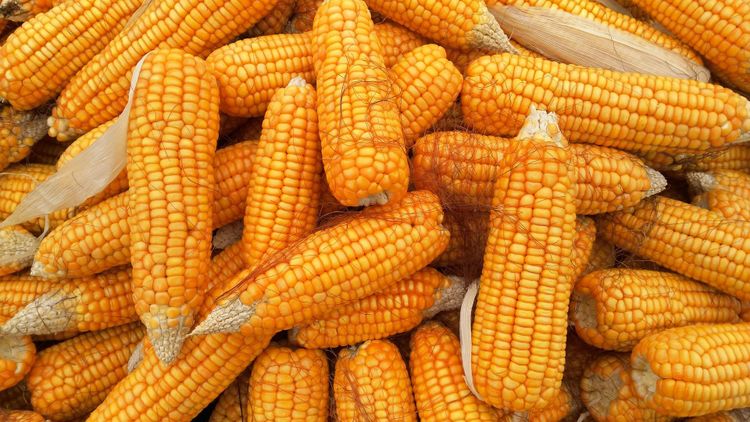Use Gro Data to Track Argentina's Delayed Soybean Planting
Argentina’s soybean and corn crops have gotten off to a slow start due to hot and dry conditions. Gro Intelligence data is forecasting scattered rainfall over much of the affected areas in the coming weeks, but overall precipitation is likely to remain below normal levels.
Excessive heat and low precipitation have impeded corn and soybean planting in central Argentina, the country’s primary agricultural production region. Two precipitation data series available in Gro—TRMM and GFS—show that cumulative rainfall has trended below the five-year average in two of Argentina’s biggest soybean-producing districts, Unión and Marcos Juárez in Cordoba province. Soil moisture data for those districts are currently 13% and 38% below average, respectively.

In two of Argentina’s key soybean-producing districts, dry weather is slowing the rate of planting relative to past years. The blue lines in these charts show the five-year average cumulative precipitation since October. The red lines represent actual rainfall values for 2019, as measured by TRMM, and the gray lines are the current forecast values from GFS. The Marcos Juarez (left) and Union (right) districts, both located in Cordoba province, are Argentina’s first- and third-largest soybean-producing districts, respectively. Gro users can access rainfall data for more than 500 districts in Argentina and create crop-weighted indicators.
TRMM data, obtained from NASA satellites, estimates realized daily rainfall. GFS, a compilation of weather forecast models from NOAA, projects rainfall for the next two weeks and is updated daily. Together, the data series allow users to better understand current planting and growing conditions and anticipate changes to conditions in the near future. Gro obtains soil moisture data, or SMOS, from a European Space Agency satellite.
Because of Argentina’s outsize importance to global soybean markets—the country is the biggest exporter of soybean meal—one of the earliest models Gro developed was its predictive model for Argentina soybean yields. The model, now in its fourth year, will begin to update daily in the first weeks of January as the South American growing season gets underway.
Gro users will be able to monitor Argentina soybean yield forecasts down to the district level as they update daily. The forecasts are derived from a host of underlying land-based and satellite-derived data and are crop-weighted to account for varying planting patterns across the country.
Crop progress reports for major Argentine crops are released weekly by Bolsa de Cereales, an agricultural data source that will soon be available on the Gro platform. The latest report indicates that soybean planting is only about 54% complete in northern Cordoba and 71% complete in southern Cordoba as dry conditions continue to slow planting. Current GFS forecasts indicate that the lagging districts will see scattered rainfall in the coming weeks, but will remain below the five-year average.
Gro’s drought indicator showed that Brazil, where soybean planting starts earlier than in Argentina, had similar problems with dry conditions in its major soybean production states last month. In the weeks that followed, however, rains arrived in time for planting to wrap up across most of the country. As of last week, Brazil had planted 93% of its intended soybean crop. Gro’s drought indicator relies largely on satellite-derived evapotranspiration data.

This map shows current soil moisture levels in Argentina’s major soybean-producing districts, as measured by SMOS data. Orange and red shaded districts have below optimal soil moisture, while levels in the green and blue shaded districts are optimal or above optimal. In Unión and Marcos Juárez districts, current soil moisture levels are 13% and 38% below average, respectively.
 Insight
InsightBrazil Corn Yields Set to Decline, Gro Predicts
 Insight
InsightGro’s 2024 Watchlist: 7 Major Themes for Agriculture in the Year Ahead
 Insight
InsightUSDA Increases 2023 US Corn and Soybean Production Estimates
 Insight
Insight

 Search
Search